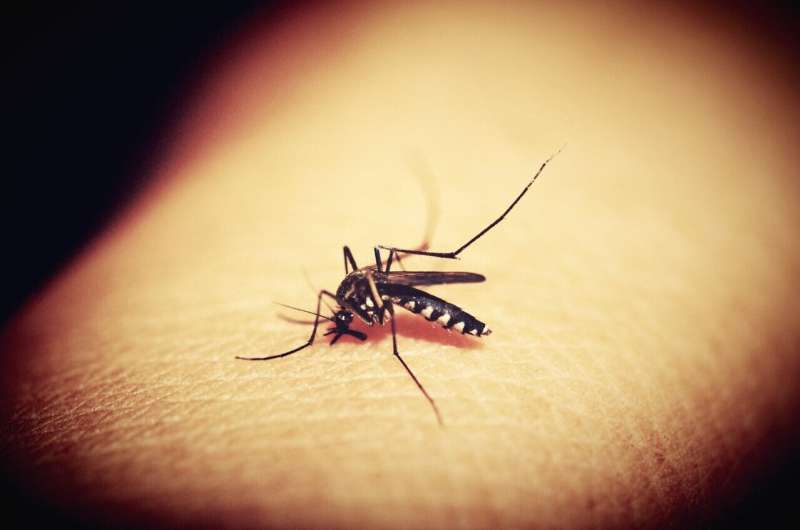Progress in Public Health: Declining Smoking Rates but Persistent Challenges in Cervical Cancer Prevention

A recent report by the American Cancer Society highlights significant progress in reducing tobacco use among adults in the United States, while pointing out ongoing gaps in cervical cancer prevention efforts. Despite a continued long-term decline in smoking rates—down to 11% in 2023—approximately 27 million adults still smoke, with certain populations such as American Indian/Alaska Native individuals, Black males, those with lower educational attainment, and bisexual females experiencing higher prevalence. Notably, menthol-flavored cigarettes remain highly used among smokers, especially in Black and bisexual communities, with flavors attracting youth to tobacco products.
Meanwhile, cancer screening rates show mixed results. Breast cancer screening rebounded in 2023 above pre-pandemic levels, reaching 80%, while colorectal cancer screening also increased to 60%. However, cervical cancer screening remains below pre-pandemic levels at 73% and has been declining since the early 2000s. HPV vaccination rates, which had previously been rising, plateaued at 61% for adolescents aged 13–17, reflecting pandemic-related disruptions.
Other risk factors such as excess weight, physical inactivity, and heavy alcohol consumption remained largely unchanged but continue to pose health risks. Approximately 72% of adults were overweight or obese during 2021–2023, and less than half of adults met recommended physical activity levels.
The report underscores the importance of strengthening preventive measures, including cancer screenings, HPV vaccinations, and tobacco cessation programs. Experts emphasize that targeted efforts are necessary to reach vulnerable populations and address disparities.
Advocacy organizations call for continued investment in tobacco control, expanded access to cancer screening, and the reauthorization of programs like the National Breast and Cervical Cancer Early Detection Program to save lives and reduce long-term healthcare costs. Tools like the ACS CancerRisk360 assist individuals in understanding and reducing their cancer risk, while awareness campaigns promote screening participation.
Overall, while progress has been made, significant work remains to improve cancer prevention and early detection efforts nationwide. Source: https://medicalxpress.com/news/2025-04-historic-cervical-cancer-lagging.html
Stay Updated with Mia's Feed
Get the latest health & wellness insights delivered straight to your inbox.
Related Articles
'Spatial Emanators' Provide Yearlong Malaria Protection with New WHO Recommendations
A groundbreaking device called spatial emanator offers up to a year of protection against malaria-carrying mosquitoes, backed by a new WHO recommendation to enhance global malaria control efforts.
TikTok Skin-Care Routines in Teens May Increase Risk of Chronic Allergies
A recent study warns that TikTok skin-care routines among teens may cause lifelong allergies and skin conditions due to high-risk ingredients and unregulated practices. Learn more about the potential health implications.
Growing Concerns Over Recreational Nitrous Oxide: Brain Damage and Sudden Death Risks Persist Despite Bans
Recreational use of nitrous oxide poses serious health risks including brain damage and death. Despite bans and regulations, availability and misuse continue to rise, especially among youth in the U.S. Learn about the dangers and ongoing efforts to curb this growing threat.



